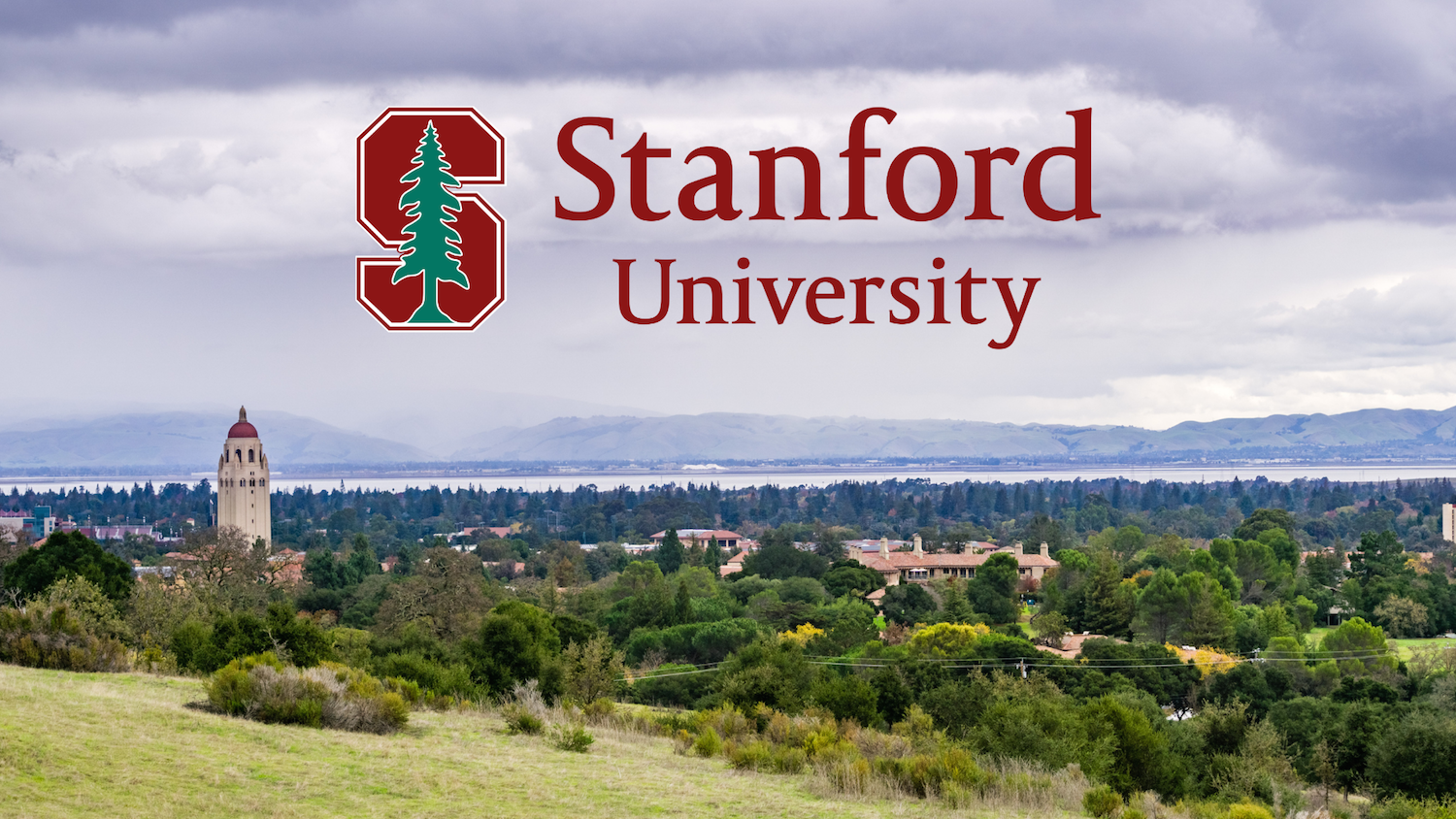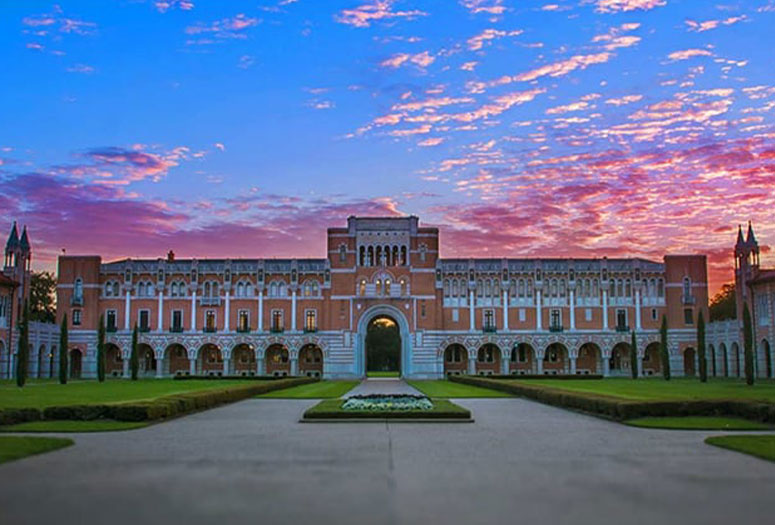 Stanford University has released its 2023-2024 supplemental short essay prompts for first-year applicants.
Stanford University has released its 2023-2024 supplemental short essay prompts for first-year applicants.
All first-year applicants to Stanford will complete three Stanford-specific short essays, one of which is in response to a prompt that makes its debut this year.
2023-2024 Stanford Supplemental Essay Prompts
There is a 100-word minimum and a 250-word maximum for each essay.
- The Stanford community is deeply curious and driven to learn in and out of the classroom. Reflect on an idea or experience that makes you genuinely excited about learning.
- Virtually all of Stanford’s undergraduates live on campus. Write a note to your future roommate that reveals something about you or that will help your roommate—and us—get to know you better.
- Please describe what aspects of your life experiences, interests and character would help you make a distinctive contribution as an undergraduate to Stanford University. *New this year
Stanford also requires applicants to complete several short answer responses (50 words maximum). The prompts for those are as follows:
What is the most significant challenge that society faces today?
How did you spend your last two summers?
What historical moment or event do you wish you could have witnessed?
Briefly elaborate on one of your extracurricular activities, a job you hold, or responsibilities you have for your family.
List five things that are important to you.
—
A prompt that Stanford retired from last year’s supplement is: “Tell us about something that is meaningful to you and why.
That prompt was replaced by: “Please describe what aspects of your life experiences, interests and character would help you make a distinctive contribution as an undergraduate to Stanford University.”
The Supreme Court of the United States ruled in June 2023 that colleges can no longer admit students on the on the basis of race. As a result, many selective colleges like Stanford are attempting during the 2023-2024 admissions cycle to balance building racially diverse first-year classes on the one hand with not being able to admit students on the basis of race on the other hand.
Stanford is attempting to thread a very narrow needle with its new essay prompt; its admissions leadership is trying to inspire Stanford’s diverse applicants to write about their diverse experiences inclusive of how race may have shaped their perspectives, character, and overall value systems. By doing so, Stanford admissions leadership hopes to curate what it deems to be a sufficiently diverse first-year class based on diverse perspectives, experiences, and dispositions rather than by allowing an applicant’s skin color alone to play any role in any admissions decision. In short, Stanford must adhere to The Supreme Court of the United States’ ruling, written by Chief Justice John Roberts, that included this critical paragraph:
“At the same time, as all parties agree, nothing in this opinion should be construed as prohibiting universities from considering an applicant’s discussion of how race affected his or her life, be it through discrimination, inspiration, or otherwise. See, e.g., 4 App. in No. 21–707, at 1725–1726, 1741; Tr. of Oral Arg. in No. 20–1199, at 10. But, despite the dissent’s assertion to the contrary, universities may not simply establish through application essays or other means the regime we hold unlawful today. (A dissenting opinion is generally not the best source of legal advice on how to comply with the majority opinion.) “[W]hat cannot be done directly cannot be done indirectly. The Constitution deals with substance, not shadows,” and the prohibition against racial discrimination is “levelled at the thing, not the name.” Cummings v. Missouri, 4 Wall. 277, 325 (1867). A benefit to a student who overcame racial discrimination, for example, must be tied to that student’s courage and determination. Or a benefit to a student whose heritage or culture motivated him or her to assume a leadership role or attain a particular goal must be tied to that student’s unique ability to contribute to the university. In other words, the student must be treated based on his or her experiences as an individual—not on the basis of race. Many universities have for too long done just the opposite. And in doing so, they have concluded, wrongly, that the touchstone of an individual’s identity is not challenges bested, skills built, or lessons learned but the color of their skin. Our constitutional history does not tolerate that choice.”


